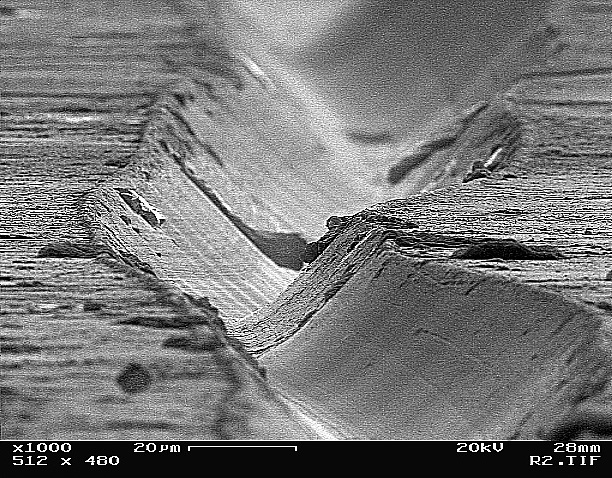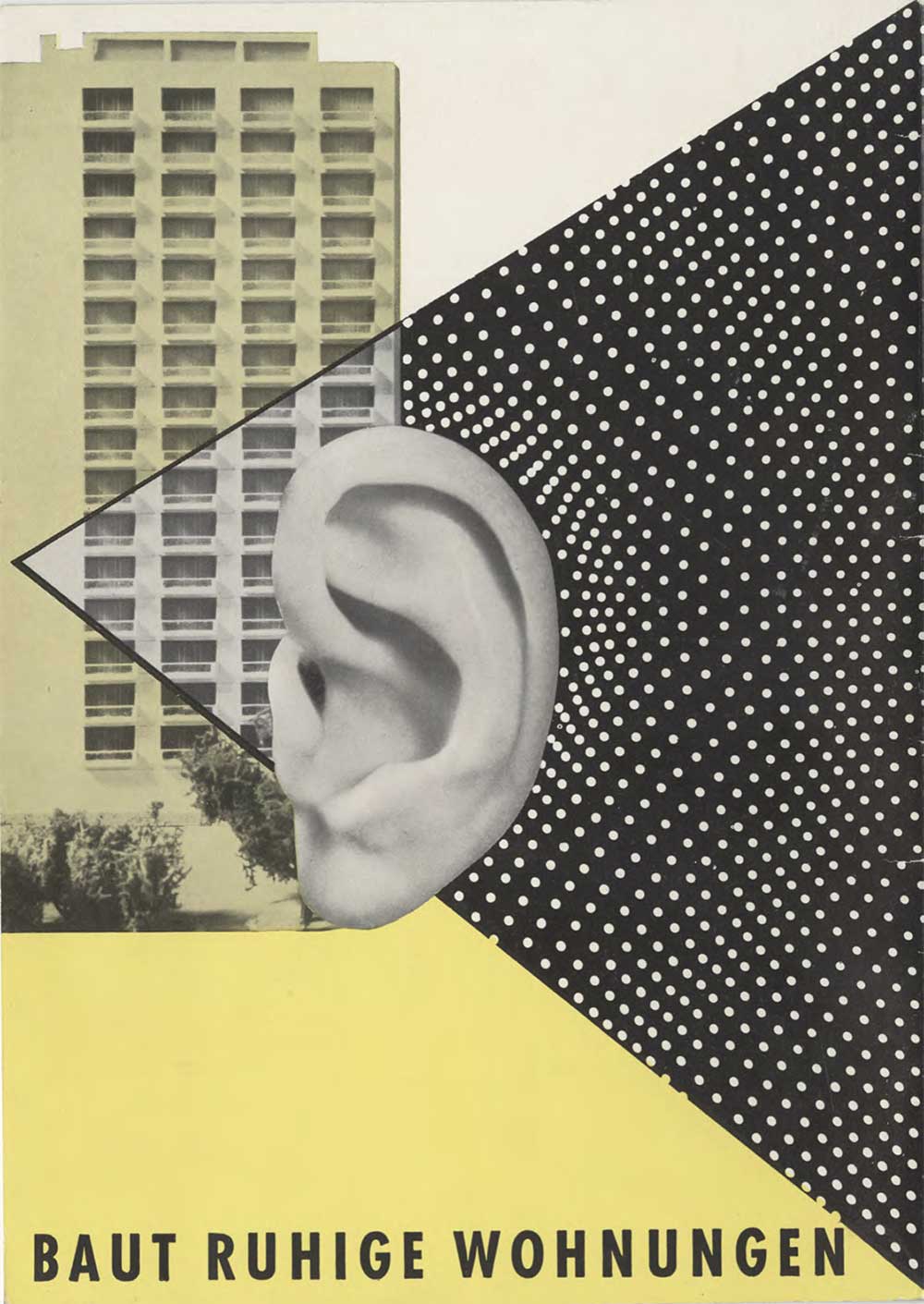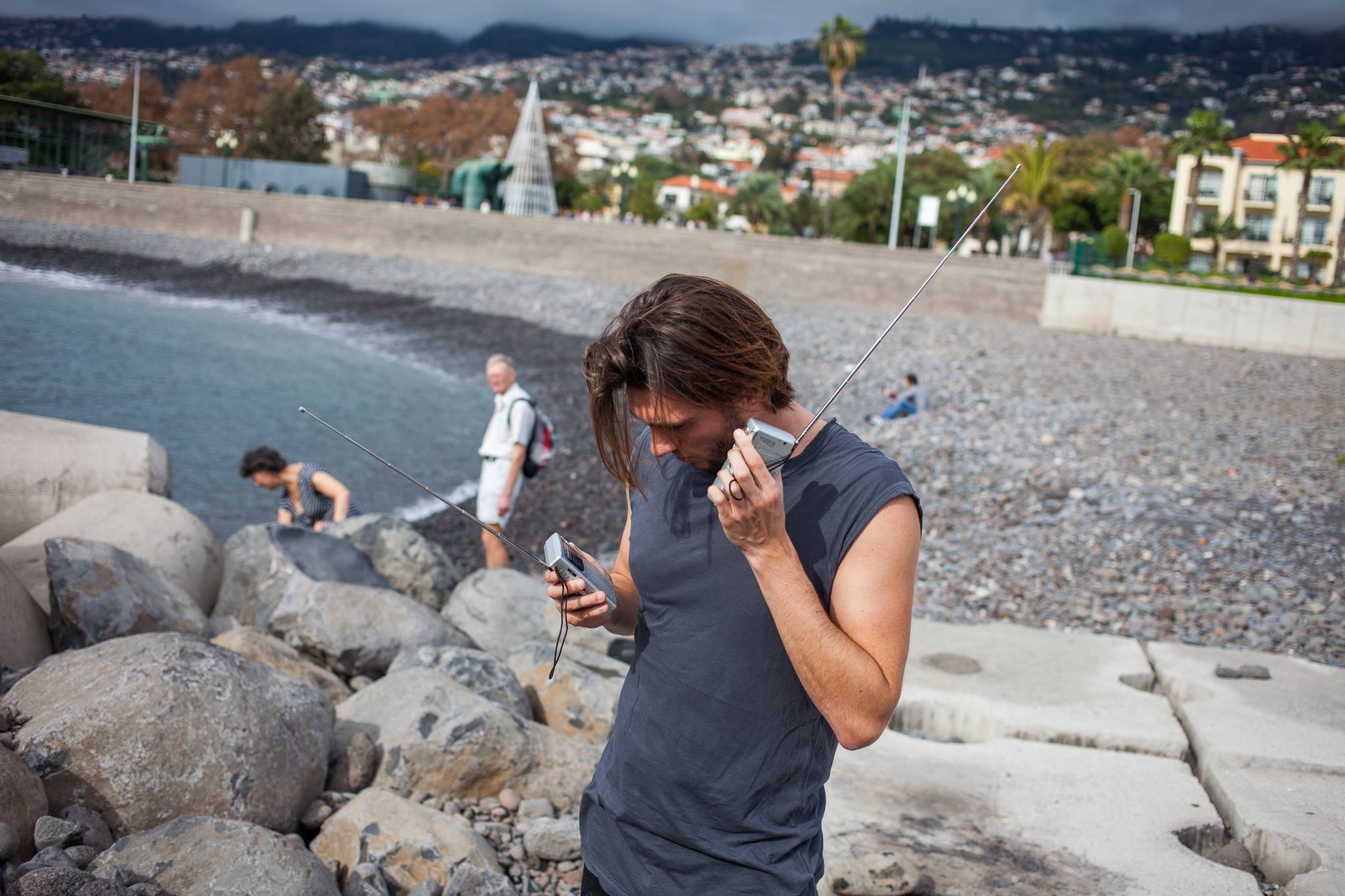Organised across these two days, three sessions of debate and discussion were triggered by and focussed around 15 minutes presentations by the key and core network membership, who described, presented, evidenced, illustrated, etc. how they listen, what they hear, and how they deal with sonic material / information in their work and research, and how they evaluate, use and apply their sonic findings, and how they engage these listening / recording methodologies in teaching, communication or for the consultation with clients, patients, students, industry, etc.
The roundtable consisted of network members, core members, as well as a specially invited participating audience involving doctoral students, post-doctoral researchers, UAL and SoU staff as well as members of the general public.
The aim was to engage the group in the differing methods, channels, tools, and objectives of listening practices across the differing academic or professional fields, in order to discuss and query these processes, technology, tools, and aims. The presentation and discussions of such a variety of academic, artistic and professional contexts and objectives of listening provided a platform for comparison, exchange, re-evaluation and inspiration, and initiate a debate on the legitimacy of the heard as an artistic and scientific material, data and outcome and what knowledge it might provide.
Among the questions we hoped to consider were:
- What sound is to different professions/ tasks/ disciplines?
- How different disciplines listen / record sound?
- What different professions, academic researchers, etc. hear?
- How the listened to is evaluated, communicated and applied?
- How listening can be taught, shared?
But many more questions arose during the seminar days.
Our aims are to investigate the possibility of a shared vocabulary, produce a glossary of terms and methods, compare technological, material, conceptual, etc. approaches of listening/recording sound as well as of its evaluation and application, and in respect to the teaching and dissemination of that auditory knowledge and sensibility. Another aim is the imaginative construction of a share listening hub, and what it would have to provide, and how it might have to be conceived, built, structured and worked with to be useful across the disciplines.










